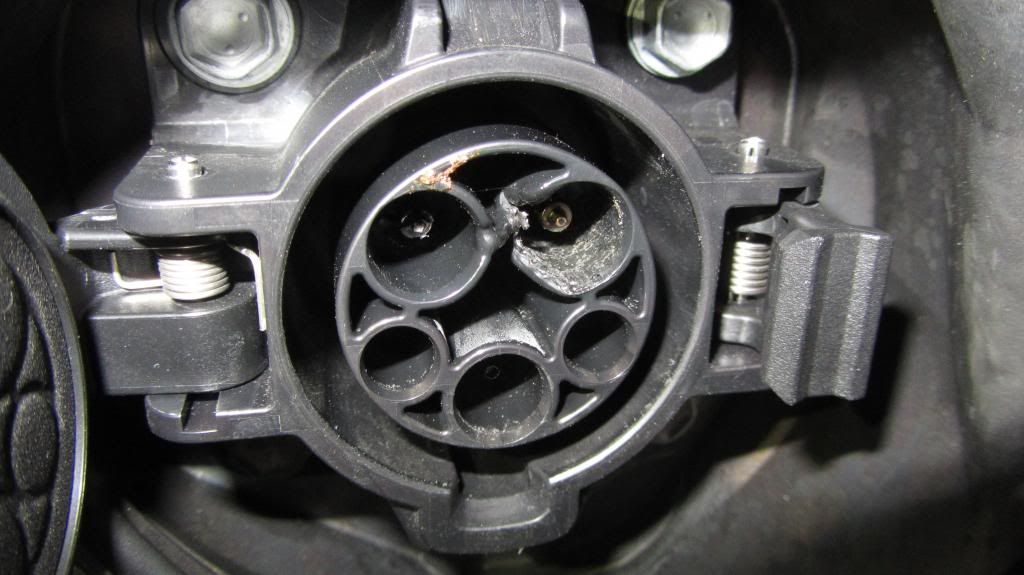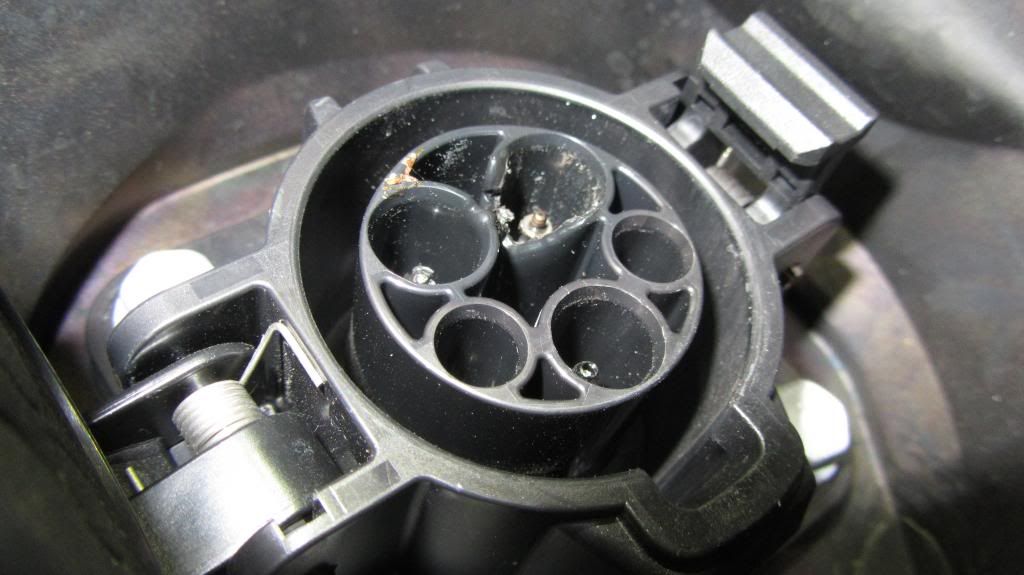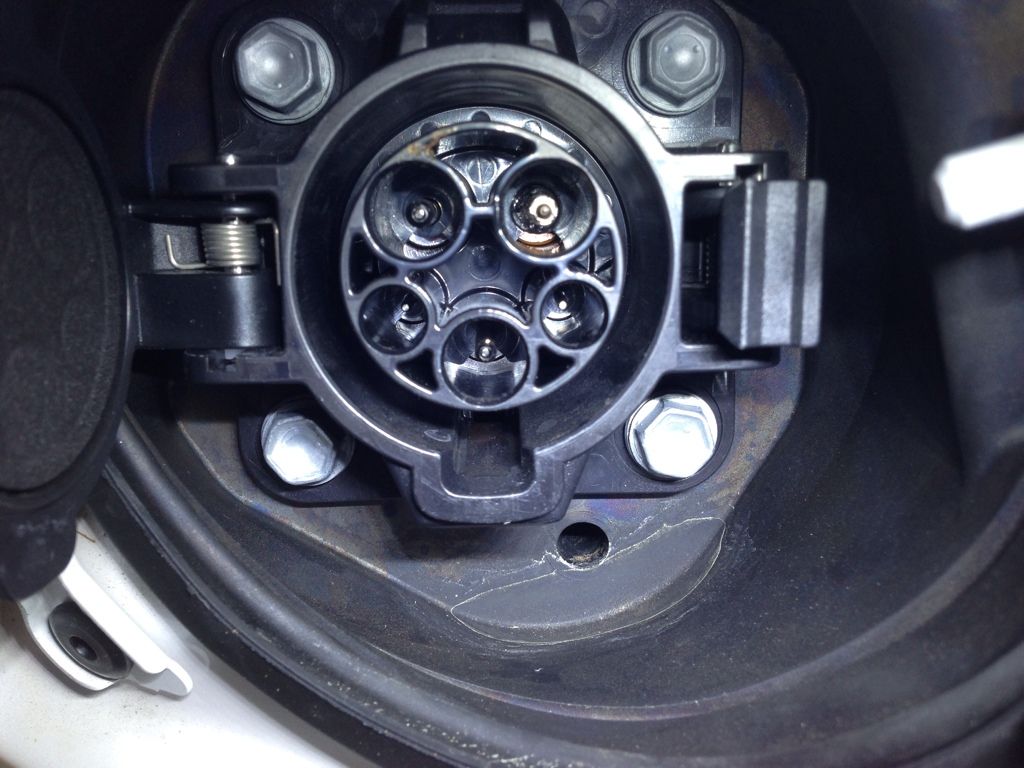qwk said:
This is most likely one of the main reasons that Tesla went with their own plug. J1772 is a pretty piss-poor design for a pure EV with a decent sized battery that wants to charge in a fairly quick manner.
I wonder if instances like this will make Toyota reassess their implementation of J1772, and a switch to Tesla's proprietary design. One could only hope. Then it might be game over for J1772. Using inferior designs only leads to making all EV's look bad.
The Tesla J1772 adapter has another benefit, too - I believe it's all aluminum so it has a good chance of acting like a big heatsink...
But yeah - if these things are burning up on 30A - imagine what 80A will do!



